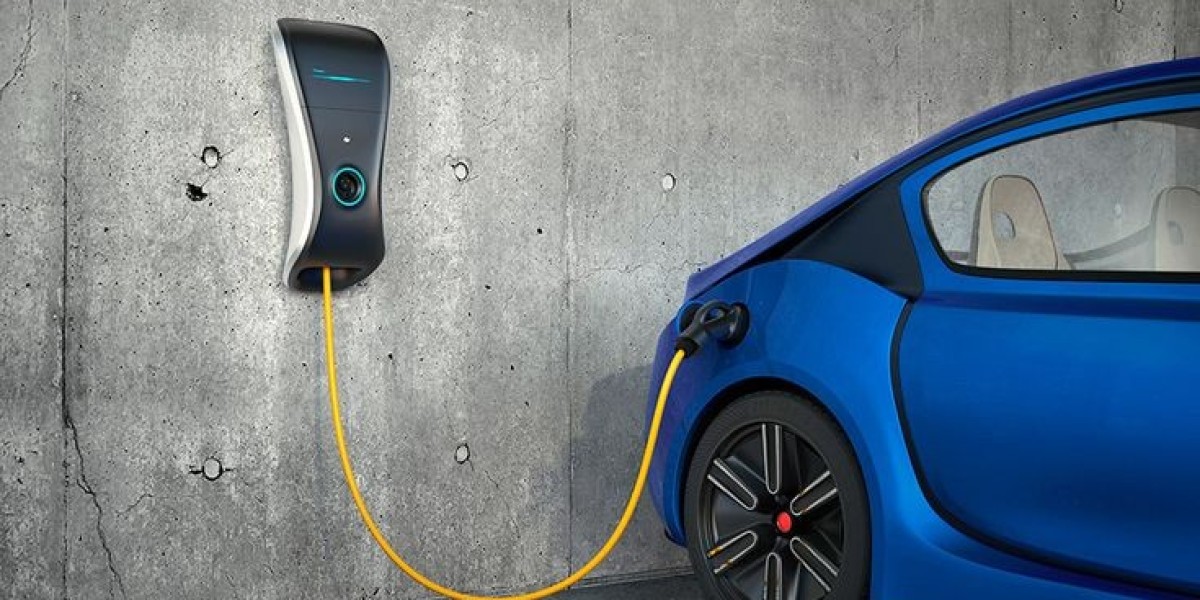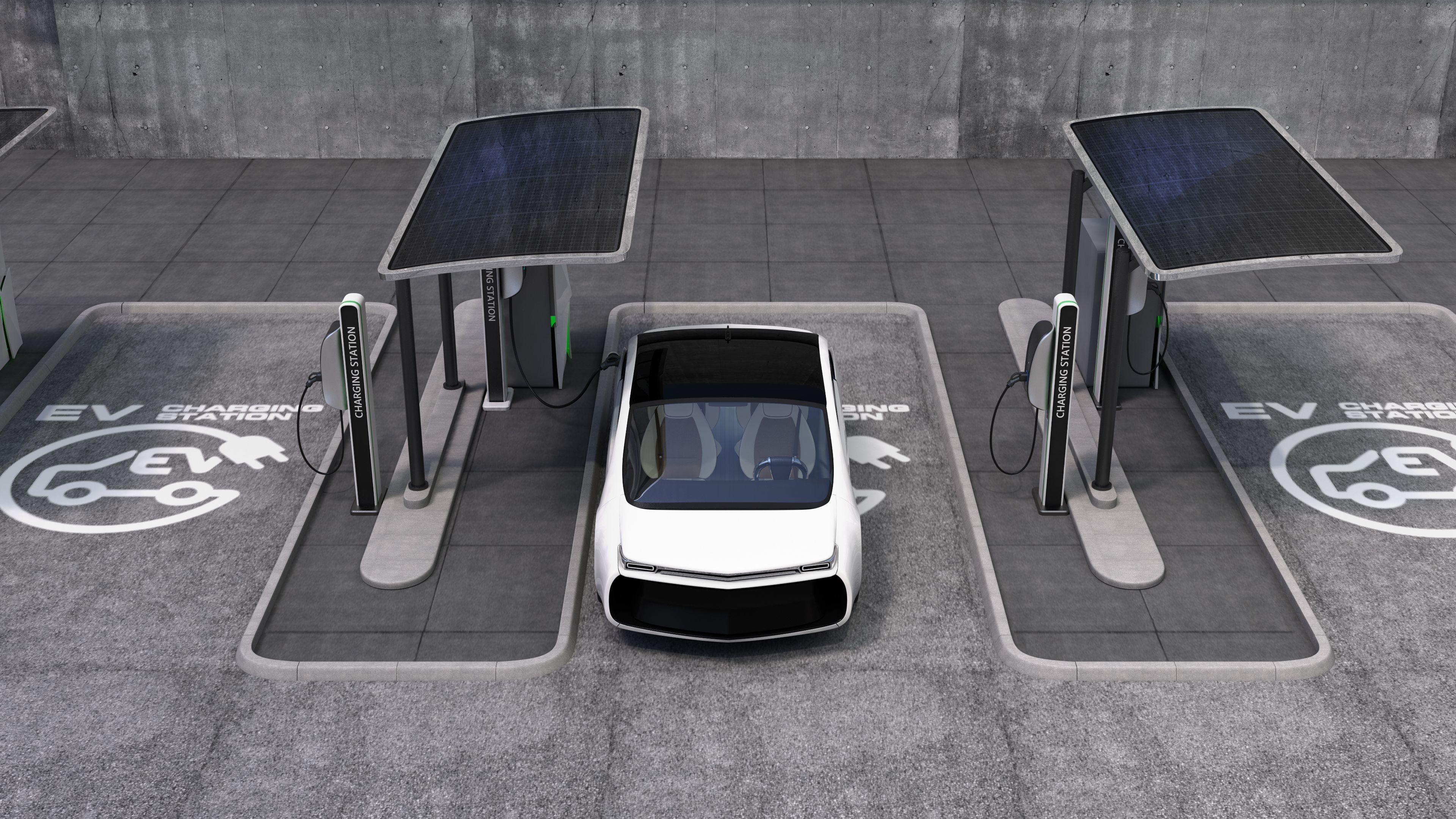The Ultra-fast EV Charging Station Market is poised for significant growth in the next decade, driven by technological advancements, rising electric vehicle (EV) adoption, and substantial investments in infrastructure. Ultra-fast charging stations, which can deliver up to 350 kW of power, are essential for addressing the growing need for rapid and efficient charging solutions. This assessment explores the key technologies shaping the market, emerging investment trends, and forecasts for market growth through 2030.
1. Key Technologies Shaping the Market
Technological innovation is at the heart of the ultra-fast EV charging station market. The ability to charge electric vehicles at a much faster rate than traditional charging solutions is critical to supporting widespread EV adoption.
High-Power Charging Systems: Currently, ultra-fast chargers can provide up to 350 kW of charging power, enabling EVs to recharge 80% of their battery in under 30 minutes. As battery technology improves, charging speeds are expected to increase even further, with some systems potentially exceeding 500 kW within the next decade. This would significantly reduce charging times, making EVs more practical for long-distance travel and daily use.
Smart Charging Technology: The integration of smart charging solutions, which leverage IoT (Internet of Things) and AI (artificial intelligence), is transforming how ultra-fast chargers are managed. These systems optimize energy usage, manage grid loads, and offer dynamic pricing models that can adjust to real-time demand. Smart charging also enables vehicle-to-grid (V2G) technology, allowing EVs to return electricity to the grid when not in use, contributing to energy efficiency and supporting grid stability.
Wireless Charging: Although still in its nascent stages, wireless or inductive charging technology is also making its way into the ultra-fast charging landscape. By eliminating the need for cables and plugs, wireless charging offers greater convenience for users and can be integrated into urban environments and public spaces more seamlessly.
2. Investment Trends in Ultra-fast Charging Infrastructure
The increasing demand for EVs has prompted significant investment in charging infrastructure. Government initiatives, private sector investments, and partnerships between automakers, energy providers, and tech companies are driving this expansion.
Government Support: Many countries, particularly in Europe and North America, are investing heavily in the rollout of EV charging networks. The U.S. government, for example, has allocated billions of dollars through the Infrastructure Investment and Jobs Act to expand charging infrastructure, with a focus on ultra-fast charging stations. Similarly, the EU Green Deal aims to significantly reduce emissions by 2030, and part of this initiative includes the expansion of EV charging infrastructure.
Private Sector Investments: Leading companies in the energy, automotive, and tech industries are ramping up their investments in ultra-fast charging solutions. Companies such as Tesla, Electrify America, Ionity, and Shell are rapidly expanding their networks, focusing on urban centers, highways, and other high-traffic locations. Partnerships between automakers and energy companies are further accelerating the deployment of ultra-fast charging stations, with a focus on providing comprehensive, user-friendly networks.
Innovative Business Models: Investment trends also include the development of subscription-based models for users, which offer flexible and cost-effective charging options. This is expected to make ultra-fast charging more accessible to a broader range of consumers, including those who may not own an EV but need access to charging infrastructure.
3. Market Forecast for the Next Decade
The ultra-fast EV charging station market is projected to grow at a compound annual growth rate (CAGR) of over 30% from 2024 to 2030. This growth will be driven by several factors, including:
Rising EV Sales: Global electric vehicle sales are expected to continue rising rapidly, especially with increasing governmental support for clean energy transportation. As more consumers transition to EVs, the demand for ultra-fast charging infrastructure will follow suit.
Infrastructure Expansion: By 2030, the global number of ultra-fast charging stations is expected to increase exponentially. Key regions such as North America, Europe, and Asia-Pacific will see the highest levels of expansion. Governments in these regions are prioritizing the construction of charging networks to support the growth of electric vehicles, with a particular emphasis on fast chargers for long-range EVs.
Technological Advancements: As battery technology improves, ultra-fast chargers will become more efficient, offering even faster charging times and lower costs. The integration of renewable energy sources and energy storage systems will also make ultra-fast charging stations more sustainable and economically viable in the long term.
Increasing Commercial Use: The market will also see growth from the commercial sector, where companies are transitioning their fleets to electric vehicles. Ultra-fast chargers are essential for minimizing downtime and ensuring that electric trucks, buses, and delivery vehicles remain operational throughout the day.
Conclusion
The Ultra-fast EV Charging Station Market is set for rapid growth in the coming decade, driven by technological advancements, increased investments, and the growing demand for electric vehicles. As governments and the private sector collaborate to expand charging infrastructure, the market is expected to experience substantial growth, transforming the EV ecosystem and enabling a more sustainable, efficient, and convenient transportation future. With the continued development of high-power charging systems, smart charging solutions, and wireless technology, ultra-fast charging stations will become a central pillar in the global transition to electric mobility.




